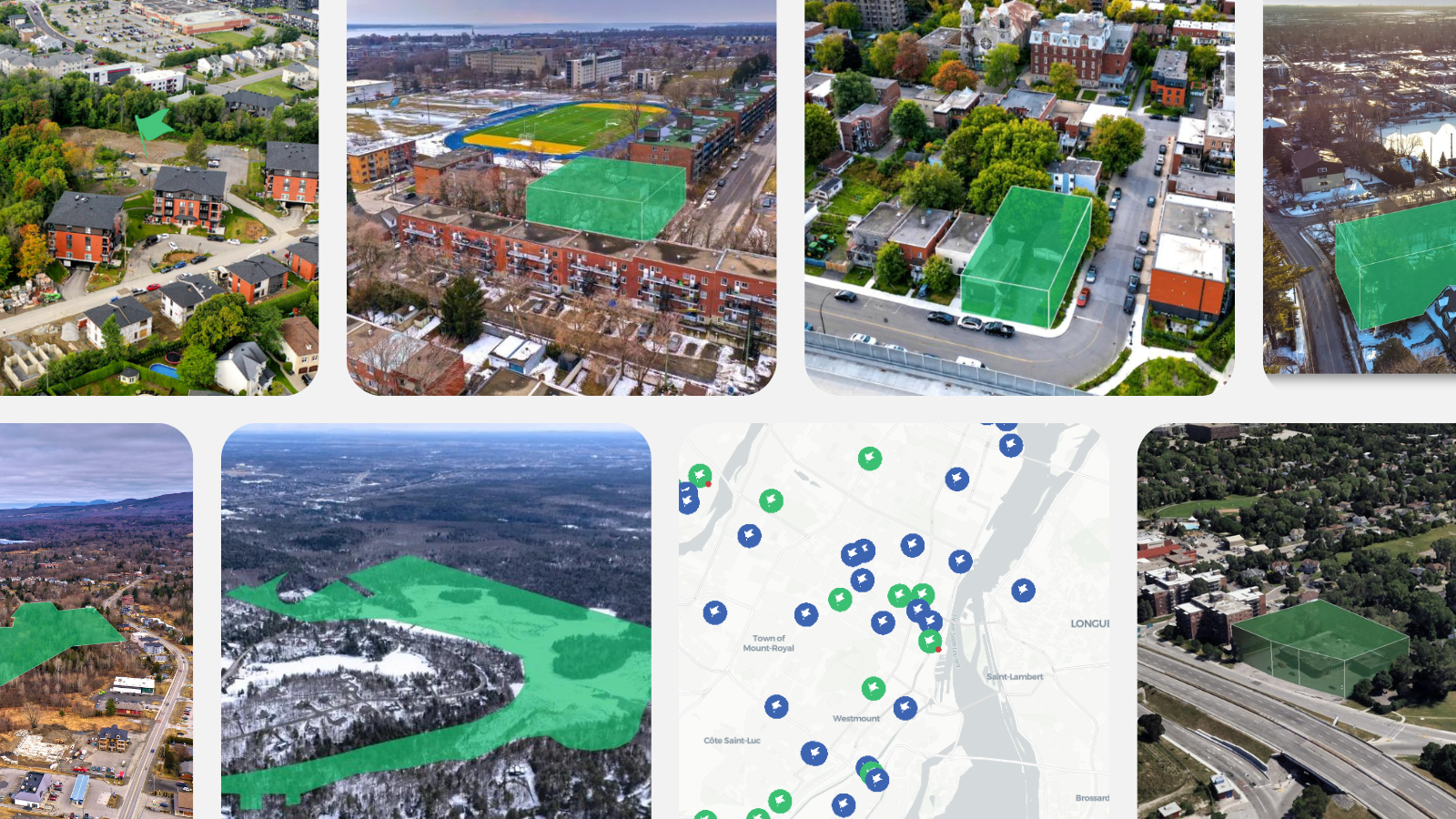Strategies for maximizing land value

Optimizing the value of land often depends on acquiring the right development rights. A piece of land with an approved development project negotiates much more advantageously than one with uncertain potential.
At Landerz, we call this expertise land entitlement, which includes all specific actions aimed at confirming and increasing the value of land for real estate development.
Increase in value: What magnitude are we talking about?
Many lands have the potential to see their value increase by 50 to 200% following a land entitlement project.
These projects, which can span several months or even years, inevitably incur costs and risks. Therefore, it's essential to evaluate each case uniquely, considering the potential for value creation as well as the associated costs and risks. In some cases, a land entitlement project makes all the difference by literally making the transaction of a piece of land possible.
Which lands are suitable for land entitlement?

Photo: Gabriel Picard (Wikipedia)
Lands suitable for land entitlement have specific characteristics. An interesting opportunity usually arises when one or more of the following conditions are met:
Lands with outdated formats:
- No longer meet the needs of current users.
- Offer an opportunity to demonstrate the need to change the site's purpose.
Lands located near public transportation:
- Near an existing or under-construction train or subway station.
- Benefit from regional or municipal urban planning allowing increased density.
Large commercial property lands:
- Classed as B or C with significant parking areas.
- Have leases with development clauses or other means of redevelopment.
Brownfields:
- Have significant areas.
- Have existing infrastructure such as roads, sewers, and electricity, or offer the possibility of constructing them.
- Not affected by significant environmental liabilities.
What are the approaches to land entitlement?
 Photo: Saskia2586 (Wikipedia)
Photo: Saskia2586 (Wikipedia)
Land entitlement can serve various purposes, such as eliminating or reducing constraints hindering development feasibility, defining a productive vision for layout and architecture, navigating project approval stages, increasing building density, and expediting the closing date, among others.
The main approaches to land entitlement are diverse, with each project being unique and presenting specific challenges. However, at least five key approaches can be identified.
1. Documenting for Potential Development
It's crucial to document all relevant aspects for developers and jurisdictions in anticipation of potential development. This covers expertise in areas like soil, ecology, heritage interest, traffic, noise, air quality, vibrations, infrastructure capacity to serve the site, on-site infrastructure design, market research, and cost estimation. On the land aspect, this involves preparing a location certificate and negotiating agreements with neighbors, among other tasks.
2. Obtaining an Indication of Development Potential
An official indication of development potential often takes the form of a normative preliminary opinion. This is issued by the urban planning department, evaluating the compliance of a development scenario with current standards.
3. Confirming Development Potential
When the land is subject to a PIIA regulation (which governs qualitative aspects of a project such as architecture and urban integration), confirming potential involves project approval by the municipal council following a recommendation from the Urban Planning Advisory Committee (CCU). When demolition is proposed and the land is subject to demolition regulations, the Demolition Committee is also involved.
4. Increasing Development Potential
To increase development potential, it may be possible to target zoning rights modification. This process requires adoption by the Municipal Council of a regulatory amendment to enable project realization through procedures such as a Special Project (PPCMOI), a Master Development Plan (PAE), or one or more exemptions. As part of pre-development, it's also crucial to detail infrastructure projects, reach development agreements, and proceed with cadastral assembly, among other steps.
5. Designing and Planning Land Development
For larger parcels, land development must first be addressed. Land development involves actions to make a site viable, meaning ready to accommodate one or more construction projects. This generally includes designing and approving a master plan, establishing a regulatory framework and development agreement with the municipality, on-site infrastructure construction, earthworks, subdivision, environmental remediation, etc. Designing and planning land development allows understanding the values and costs specific to a large-scale project.
Who might want to increase the value of a piece of land?

The initiative to increase the value of a piece of land may be desired by various stakeholders, including owner-sellers, investors, and real estate developers.
For owner-sellers, whether or not they have experience in real estate:
- Assessing the favorable position of the land for sale is crucial.
For investors seeking support in pre-development:
- Identifying the issues and risks associated with pre-development of the targeted land is essential.
- Evaluating the obstacles threatening the feasibility of the pre-development project is necessary.
In any land transaction, the meeting of the aspirations of a selling party and those of a buying party is paramount. Land entitlement facilitates this encounter and thus increases the value of a plot of land, benefiting both the seller-owner and the buyer.
Do you have any questions?
Feel free to contact Landerz and Alexandre L. Watson for answers.
-1.png?width=1667&height=590&name=Landerz_Logo_Final_150DPI%20(4)-1.png)
.png)
